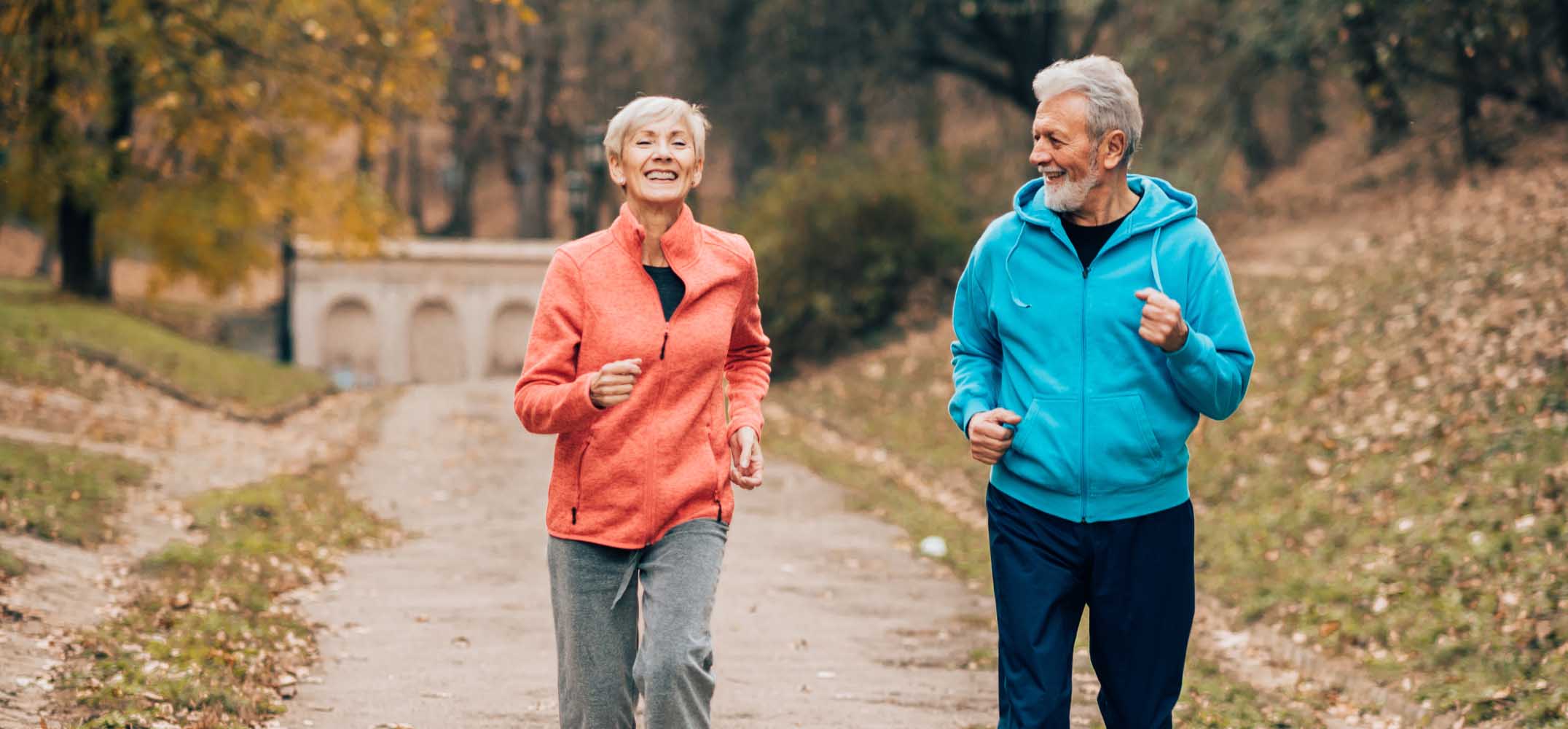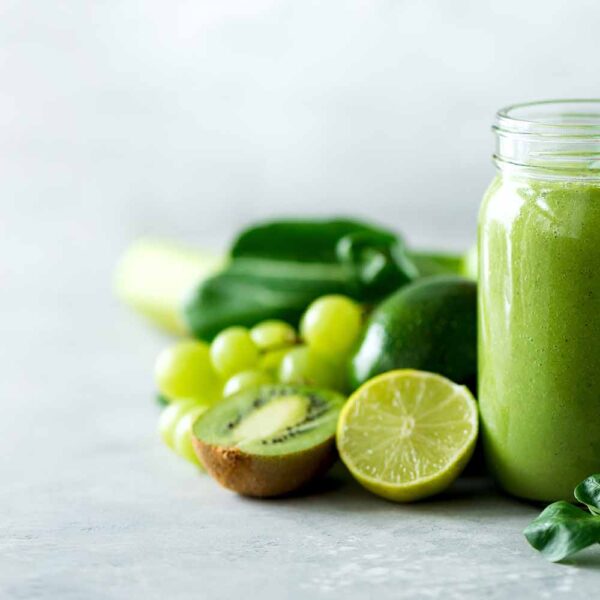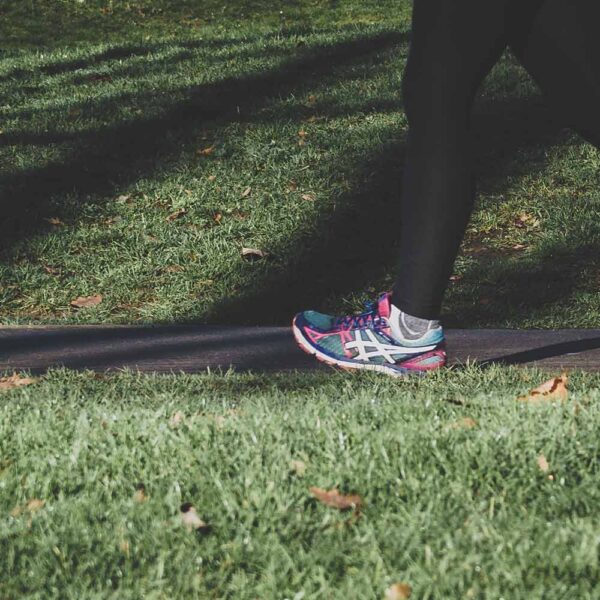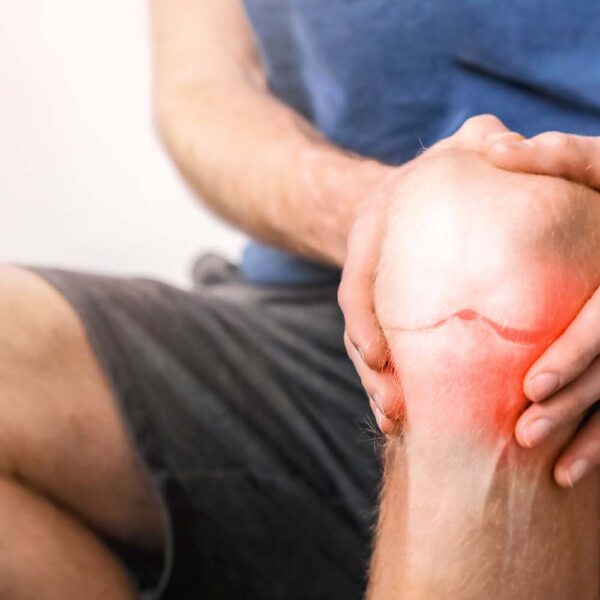Isn’t it fascinating how technology and all these different transportation choices have completely transformed our lives? Nowadays, we have a plethora of amazingly convenient transport options in our lives, ready to take us wherever we want to go whenever we need to. Then, when we’re at home, those cozy couches are just beckoning us to sink in and enjoy our most beloved TV shows and movies. And hey, let’s not forget the office – a good portion of our day is spent staring at screens, which often translates to sitting for extended periods. It’s almost as if society is TRYING to make us live a sedentary existence.
Imagine spending most of your time in a seated or lying-down position with little to no physical activity. This is what they call a “sedentary lifestyle,” and truth be told, it’s a silent health hazard. We might not even realize it, but being too comfy on the couch, or glued to that office chair can impact our health in sneaky yet dangerous ways. Constantly being in this lack-of-movement state isn’t great for us in the long run. There’s a direct connection between this lifestyle and weight gain. Think about it – kids today don’t play outside as much as they used to, and many adults are stuck behind desks most of the day. And what does all this sitting lead to? Fewer calories burned, which in turn can lead to those extra kilograms creeping up. Not to mention our bodies might start protesting with all sorts of aches and pains.
But don’t get too disheartened just yet! The silver lining is that you don’t have to turn into a gym rat or marathon runner in order to maintain a healthy weight and overall well-being. It’s all about your mindset and approach. Now let’s clear something up. Exercise and training are two different things. If you’re just looking to be more active and keep yourself in good shape, you don’t need to take on the mindset of an Olympic athlete.
Start slow and steady. Forget about those fears of not measuring up to super intense sports. If you want to dive into exercising, ease into it. Maybe start with what your body feels comfortable with. A fantastic guideline is aiming for about 150 minutes of weekly exercise, whether you’re working out at home or hitting the gym. Spread that time across four to five days, and you’re on the right track.
Oh, and guess what? You don’t have to turn your life upside down to make this work. Incorporate exercise into your daily routine, even at work. Just don’t let it overwhelm you. Start with baby steps, set some achievable goals, and gradually build up from there. After all, even Rome took time to become the masterpiece it is today – and the same goes for your fitness journey. So, embrace that mindset shift, get moving, and let’s make a healthier you, one step at a time!
REFERENCES:








